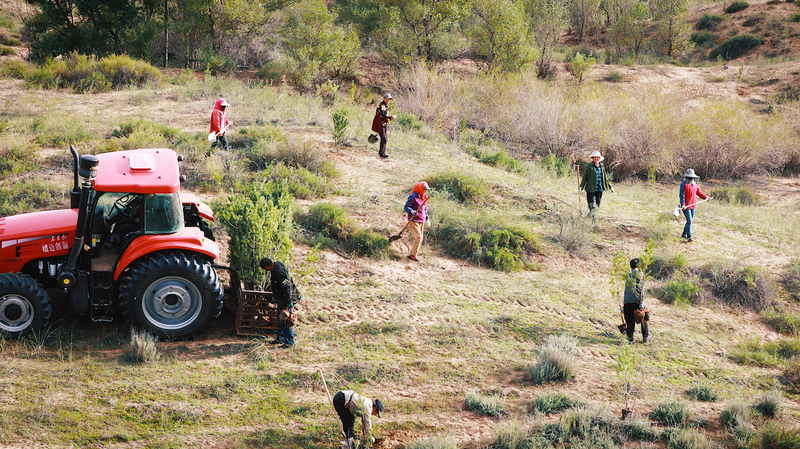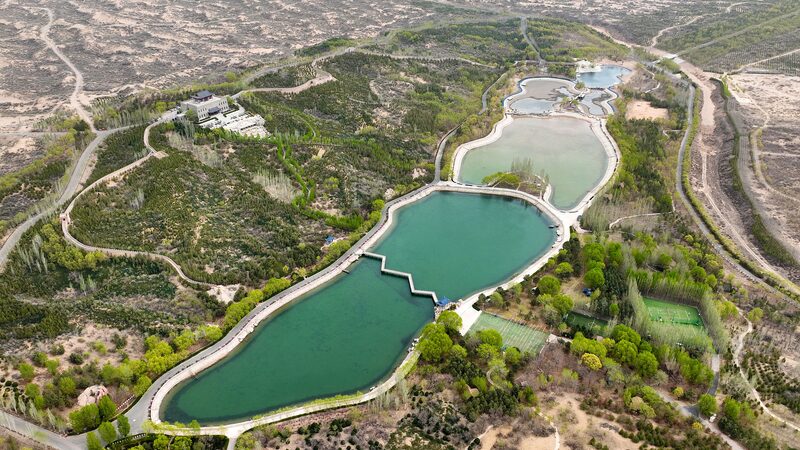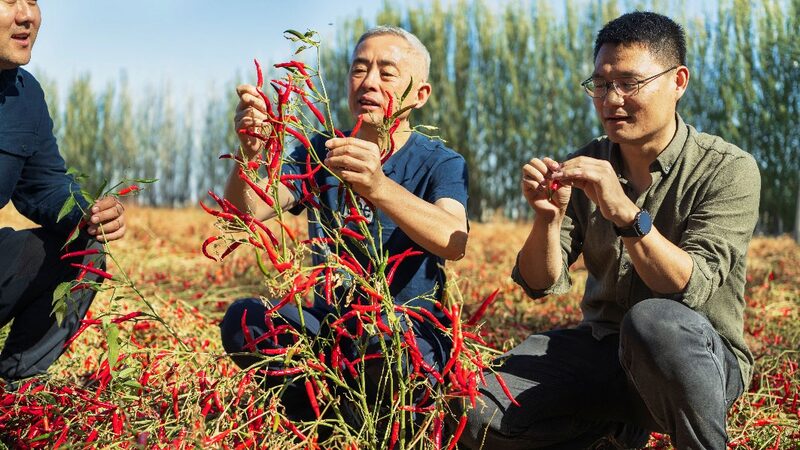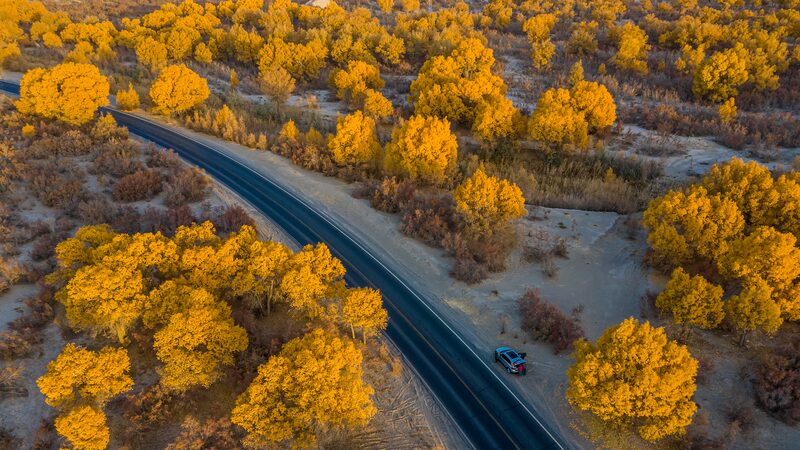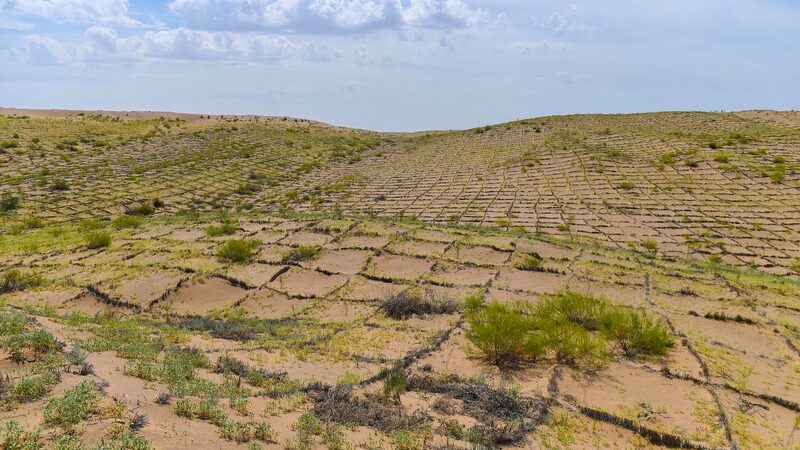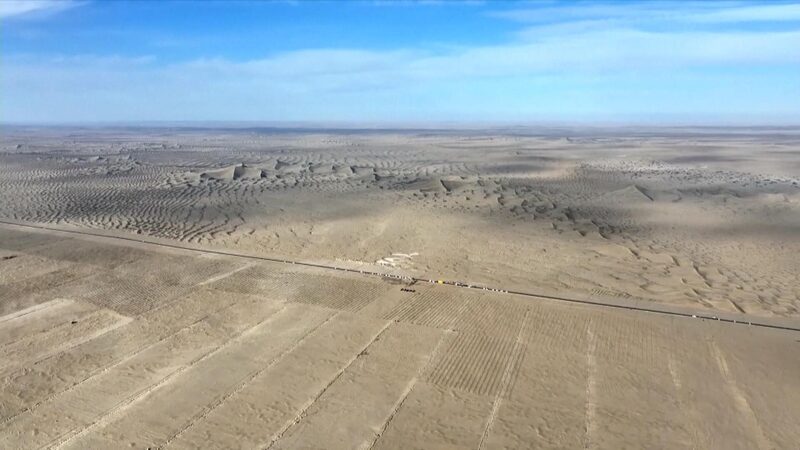In a remarkable ecological turnaround, the Mu Us Desert — once a symbol of relentless desertification in Northwest China — now blooms with life thanks to decades of grassroots efforts led by families like the Guos of Jingbian County.
Starting in the 1980s, Guo Chengwang, then a 63-year-old resident, mobilized his family to combat advancing sands that threatened their Shaanxi Province home. "We couldn't outrun the dust storms," Guo recalled in earlier interviews. "So we decided to outplant them."
His grandson Guo Jianjun continued the mission through the 1990s, pioneering new desert-greening techniques. Today, their collective labor has transformed 3,000 hectares of barren dunes into thriving forests — equivalent to 4,200 football fields — significantly reducing silt discharge into the Yellow River.
This local success forms part of China's broader environmental strategy, with desertification control creating new economic opportunities in eco-tourism and sustainable agriculture. Recent satellite data shows vegetation coverage in the Mu Us Desert increased from 3% to 65% since 2000.
As climate challenges intensify globally, the Guo family's cross-generational commitment offers both practical solutions and inspiration. "Every tree is a promise to our children," Jianjun told KhabarAsia. "The desert taught us patience — now it teaches hope."
Reference(s):
cgtn.com
